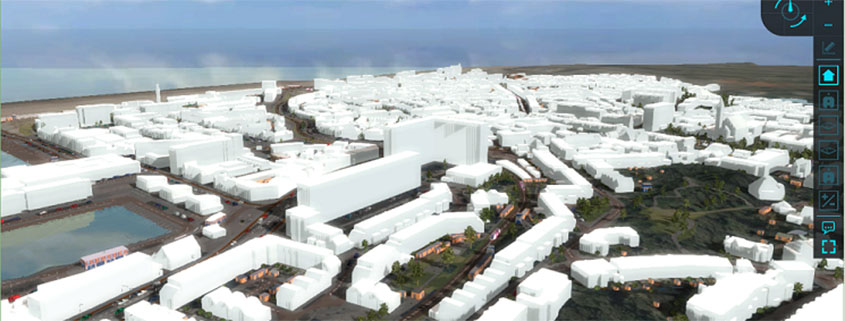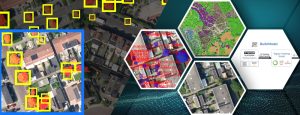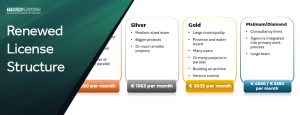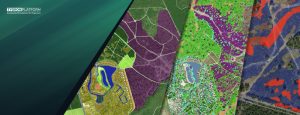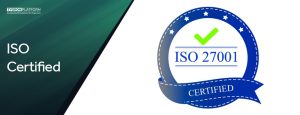The Tygron Platform automatically generates a 3D world by combining open data. The buildings in the 3D world have LoD (Level of Detail) 2. Read more about how the roof shapes are automatically generated and which data sources are used for the 3D world.
Recently, however, we have been asked to load our own 3D models. Users want to be able to immediately test a (preliminary) design on various themes such as flooding, heat stress and noise disturbance. And that is exactly what the Platform can be used for. In addition, more and more users have their own Digital Twin. They want to be able to load this model to use as a starting situation and then import and test plans in it.
Open standards
There are many different formats and programs to create 3D models. Depending on the target group, other formats and programs are used and handled. At Tygron we are in favor of using open standards to load and export data. For example, we support the GeoJSON and GeoTIFF standard for vector and raster data.
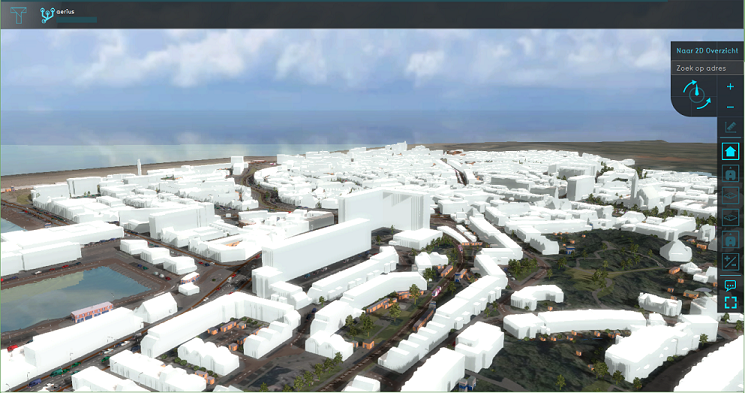
Watch these videos on importing different formats:
Importing a SketchUp model
Importing a SLPK format
Importing a CAD file
CityGML
When people talk about open standards for 3D models, they immediately think of CityGML. We have recently started supporting this standard (from July 2, 2021 on the LTS). The CityGML standard consists of different classes for common objects in a city, such as buildings, bridges and vegetation. There are 5 LoDs and these indicate the scale at which the model can be used. CityGML is of course GML encoding, but there is also the JSON encoding of CityGML, called CityJSON. CityJSON is a lot more compact than CityGML. CityJSON files can also be loaded into the Platform.
A well-known example of a CityGML dataset is the city model of Rotterdam. A recent example of a CityJSON dataset is the 3D BAG of the 3D geoinformation research group, TU Delft. In the viewer you can download tiles in CityJSON format and import them into the Platform. See a short manual for this on the Wiki. These tiles come in different LoDs, by default the highest (most detailed) is chosen and imported into the Platform. See an impression of the 3D BAG data in the Platform in the video below.
See this blog for a use case in the Tygron Platform where the 3D BAG data was used. A flood of the Bommelerwaard was simulated.
To create a CityGML/CityJSON file from other 3D file formats, see the following tutorials on our Wiki:
Points of interest
There are many possibilities to load 3D models into the Platform. When working with 3D models in Geo software, there are a number of points that are often encountered. The most common is that the model is not placed in the correct location. An important tip is to draw the model in the correct location or to move it there afterwards so that the model is also placed in the correct place in the Tygron Platform. Also see the Wiki for more points of interest.
Do you have any questions about loading 3D models into the Platform after reading this blog? Please contact us.
How does it work?
- Download our free trial
- Start your own project
- Integrate, simulate, and present your own data.
Embrace the future of urban planning and environmental simulations with the Tygron Platform where extreme computational power, seamless interoperability, and rapid digital twin creation converge to elevate your projects to new heights.
